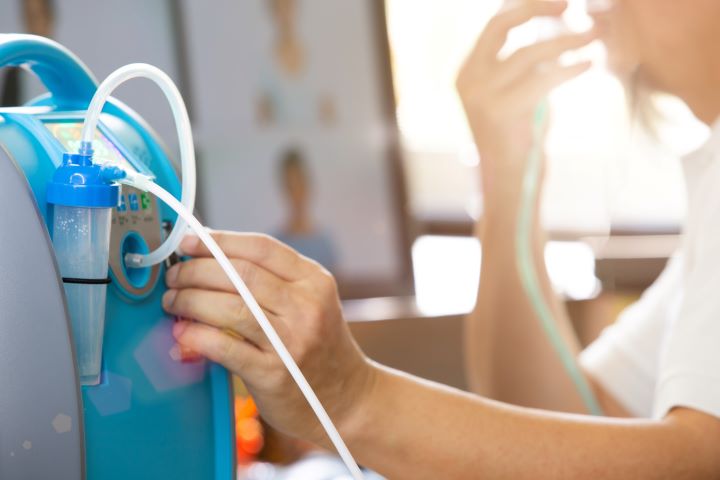Unraveling the Mysteries of Eye Bags: Causes, Treatments, and Prevention
Eye bags, medically known as periorbital puffiness, are a common skin concern that affects individuals of all ages and genders. These bags or puffy under-eye areas can contribute to a tired or aged appearance, often causing distress to those affected. Factors such as genetics, lifestyle choices, and aging can influence the development of eye bags. Despite their common occurrence, the causes of these pesky under-eye pouches are not widely known or understood. This article aims to shed light on the causes, treatments, and preventive measures of eye bags.
Historical Context: How Eye Bags Were Viewed
Historically, eye bags were often associated with aging and lack of sleep. In many ancient cultures, they were seen as a sign of wisdom and experience, and some even considered them attractive. However, with the advent of modern beauty standards, eye bags have become an undesirable trait. Today, a smooth, wrinkle-free under-eye area is often seen as a sign of youthfulness and vitality, leading to an increase in demand for treatments to reduce the appearance of eye bags.
Unveiling the Causes: Why Do We Get Eye Bags?
The skin around our eyes is notably thinner and more delicate compared to other parts of our face. As we age, this skin loses elasticity and the muscles supporting our eyelids weaken, leading to sagging and the formation of eye bags. Further, fat that is normally contained within our eye sockets moves down into the under-eye area, adding to the puffiness.
Lifestyle factors can also contribute to the development of eye bags. Dehydration, high sodium intake, lack of sleep, and excessive alcohol consumption can cause fluid retention in the under-eye area, leading to puffiness. Allergies and sinus problems, which lead to fluid accumulation, can also cause eye bags.
Current Trends in Treatment: From Home Remedies to Medical Procedures
The market is saturated with products and treatments aimed at reducing the appearance of eye bags. Home remedies like cucumber slices, tea bags, and cold compresses have been used for decades to soothe puffy eyes. In recent years, under-eye patches infused with ingredients like caffeine, hyaluronic acid, and retinol have gained popularity for their immediate de-puffing effect.
Medical treatments for eye bags have also evolved over time. Initially, invasive procedures like blepharoplasty (eyelid surgery) were the only options available. However, with advancements in non-surgical treatments, options like hyaluronic acid fillers and radiofrequency treatments have become popular. These non-invasive treatments offer quicker recovery times and less risk compared to surgery, making them a preferred choice for many.
Prevention over Cure: Lifestyle Changes for Eye Bag Prevention
Preventing the formation of eye bags usually involves lifestyle modifications. Ensuring adequate hydration, reducing salt and alcohol intake, and getting enough sleep can help in preventing fluid retention and thus, eye bags. Regular exercise and a balanced diet can also contribute to healthy skin and prevent the onset of eye bags.
Using a good quality under-eye cream, preferably with ingredients like retinol and vitamin C, can also help maintain skin elasticity and prevent sagging. Additionally, using sunscreen to protect the delicate under-eye skin from sun damage can also help in preventing eye bags.
The Impact and Reception of Eye Bag Treatments
The perception and reception of eye bag treatments have drastically changed over the years. While once seen as a luxury only the rich and famous could afford, these treatments are now more accessible and accepted by a wider audience. The impact of these treatments on individuals’ self-esteem and confidence is undeniable. However, it’s important to remember that beauty standards are subjective and changing. Therefore, the decision to seek treatment should be based on one’s comfort and well-being, rather than societal pressure.
Embracing Individual Differences
While eye bags can be a source of concern for many, it’s important to remember that they are a natural part of aging and are influenced by genetics. They do not affect one’s health and their treatment is a personal choice. As we continue to broaden our definition of beauty, embracing individual differences, including the presence of eye bags, can lead to a healthier and more accepting society.





